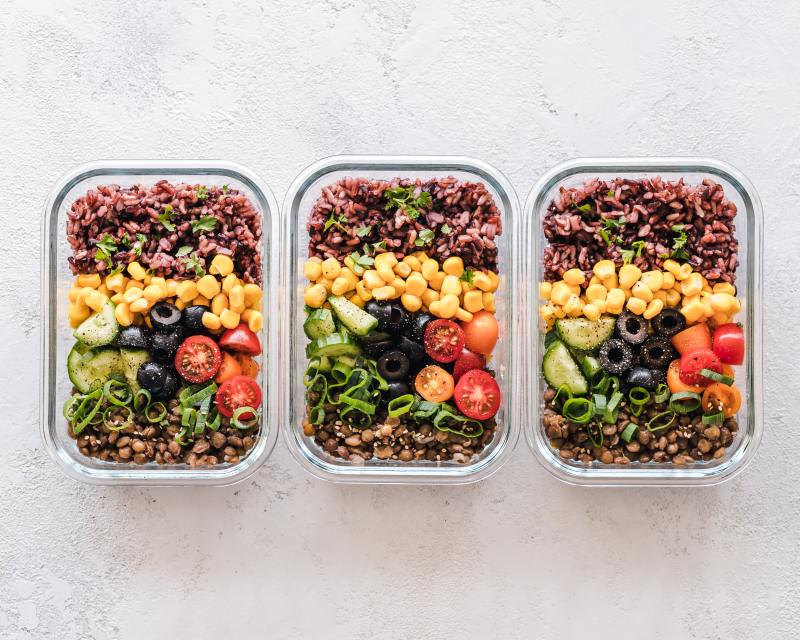
The practice of intermittent fasting has been around for decades, but the use of intermittent fasting as a health and fitness tool has only recently gained popularity within the last few years. Unlike a specific diet that confines a person to specific types of foods, intermittent fasting is more about meal timing, which means it can effectively work regardless of the types of foods consumed. One of the most common types of fasting is the OMAD diet, which stands for one meal a day. But is this intermittent fasting plan sustainable, and should you try it? We’ll break it down below.

What is intermittent fasting?
Intermittent fasting refers to the general practice of consuming all of your food for a day within a designated “eating window,” followed by a period of fasting where no food or calories are consumed. There are several types of intermittent fasting plans, from the popular 16:8 to the OMAD plan, which is often a 20/4 split. This means that all of your calories for a day will be consumed within a 4-hour window, followed by 20 hours of fasting. You might also hear this referred to as the “warrior diet,” named after a popular book that helped this eating plan gain popularity in the health and fitness industry.
 Benefits of intermittent fasting
Benefits of intermittent fasting
Intermittent fasting offers a variety of benefits that draw people in — from weight loss to improved mental clarity. The benefits of fasting can be enjoyed even with shorter fasts, such as a 14-hour fast, but longer fasts help to induce a state of ketosis. When you fast for 20 hours a day, the body shifts from a carbohydrate-burning mode to a fat-burning mode known as ketosis. For this reason, you’ll see that many people who practice intermittent fasting also try pairing it with a ketogenic diet to help maximize the benefits of the ketones. However, intermittent fasting can be done with any form of eating, not just ketogenic diets.
Once the body enters a state of ketosis, a byproduct of fat burning known as ketones is produced. The metabolic state of ketosis leads to several benefits, such as weight loss, improved insulin sensitivity, enhanced energy levels, and more. Consuming all of your calories within a designated period makes it easier to control your daily calories and put yourself in a deficit for weight loss.
Many people also continue to practice intermittent fasting protocols even after achieving a healthy body weight thanks to the benefits of autophagy. Autophagy is the process of cleaning up waste in your body’s cells, helping to support body detox and cellular repair. The effects of autophagy are still being studied, but many believe autophagy to have a powerful role in biohacking longevity.

What is an example of a 20 4 fasting schedule?
A 20 4 fasting schedule is often also an OMAD diet, as many people choose to consume only one meal within their 4-hour eating window. However, a 20/4 fasting plan can also be done with two meals within the 4-hour eating time. One of the greatest things about intermittent fasting is the ability to make it work for your unique schedule.
For example, food can be consumed between 4 p.m. to 8 p.m. only, followed by a fasting period until 4 p.m. the next day. If this meal timing does not work well for your schedule, any four hours can be chosen for food consumption. Many people alter their 20 4 fasting schedules to work based on their work and personal schedules.

 Benefits of intermittent fasting
Benefits of intermittent fasting


